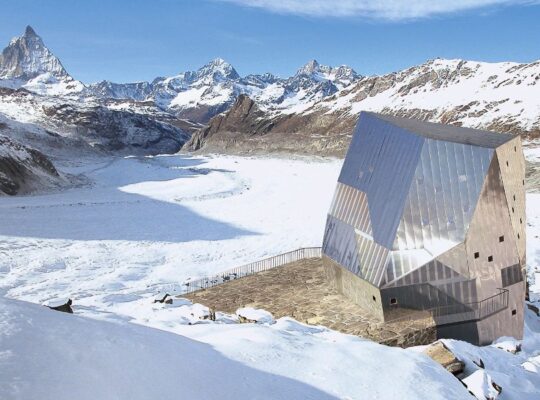Drones, once confined to the realms of hobbyists and tech enthusiasts, have transcended their recreational origins. In the captivating arena of archaeology, these unmanned aerial vehicles are rewriting the narrative of ancient site exploration. This article delves into the profound impact of aerial technology on unearthing secrets buried beneath the sands of time.
Unveiling the Past: A Technological Renaissance in Archaeology
In the pursuit of unraveling historical mysteries, archaeologists have embraced drones as indispensable tools. These aerial marvels provide a bird's-eye view, offering perspectives unattainable by traditional methods. The integration of drones has revolutionized the way researchers approach the exploration of ancient sites.
The Versatility of Drones in Archaeological Expeditions
Surveying Terrain with Precision
Drones equipped with high-resolution cameras and LiDAR technology can meticulously survey vast terrains. This not only expedites the mapping process but also enhances the accuracy of identifying potential archaeological sites.
Aerial Documentation: Preserving History Digitally
Capturing detailed images and creating 3D models of archaeological sites, drones contribute to a comprehensive digital archive. This digital preservation aids researchers in meticulous analysis and allows for virtual exploration by scholars worldwide.
Advanced Technologies Enhancing Discoveries
LiDAR Technology: Peering Through the Veil of Time
LiDAR, coupled with drone capabilities, enables archaeologists to penetrate dense vegetation and uncover hidden structures beneath the surface. This groundbreaking technology has been instrumental in revealing ancient cities, lost civilizations, and intricate architectural details.
Thermal Imaging: Discerning Subsurface Anomalies
Drones equipped with thermal imaging sensors have the ability to detect temperature variations beneath the earth's surface. This innovation aids in identifying buried structures, providing valuable insights into human activities that once thrived in these ancient landscapes.
Preservation through Non-Intrusive Exploration
Unlike traditional excavation methods that may cause irreversible damage, drones offer a non-intrusive alternative. Archaeologists can now explore sites without physical disruption, preserving delicate artifacts and structures for future generations.
Challenges and Ethical Considerations in Aerial Archaeology
Airspace Regulations: Navigating Legal Boundaries
As the use of drones becomes more prevalent, researchers face challenges related to airspace regulations. Striking a balance between exploration and adherence to legal frameworks is essential to ensure the responsible use of this technology.
Ethical Considerations: Balancing Discovery and Preservation
The ease of drone deployment raises ethical questions regarding the preservation of archaeological sites. Striking a delicate balance between exploration and preservation is crucial to avoid inadvertently causing harm to these historical treasures.
Future Prospects: A Symbiotic Relationship
As technology evolves, the partnership between drones and archaeology will likely deepen. From AI-assisted site analysis to even more advanced imaging capabilities, the future holds exciting possibilities for uncovering the secrets of our ancient past.
Final Words
In the symphony of technological progress and historical exploration, drones stand as the virtuoso, harmonizing the ancient with the modern. The marriage of aerial tech and archaeology is not just a union of convenience but a transformative journey, offering a tantalizing glimpse into the depths of our collective history.
Commonly Asked Questions
Q1: How do drones aid in archaeological site preservation?
Drones contribute to preservation by offering non-intrusive exploration, minimizing physical disruption to delicate artifacts and structures.
Q2: What challenges do archaeologists face in using drones for exploration?
Challenges include navigating airspace regulations and addressing ethical considerations to ensure responsible use and preservation of archaeological sites.
Q3: How does LiDAR technology revolutionize archaeological discoveries?
LiDAR technology, integrated with drones, enables researchers to penetrate dense vegetation, unveiling hidden structures and intricate details of ancient civilizations.
Q4: Can thermal imaging on drones detect buried structures?
Yes, drones equipped with thermal imaging sensors can identify temperature variations beneath the earth's surface, aiding in the detection of buried structures.
Q5: What is the future outlook for the collaboration between drones and archaeology?
The future holds promising prospects, with advancements in AI-assisted analysis and imaging capabilities, deepening the symbiotic relationship between drones and archaeology.












